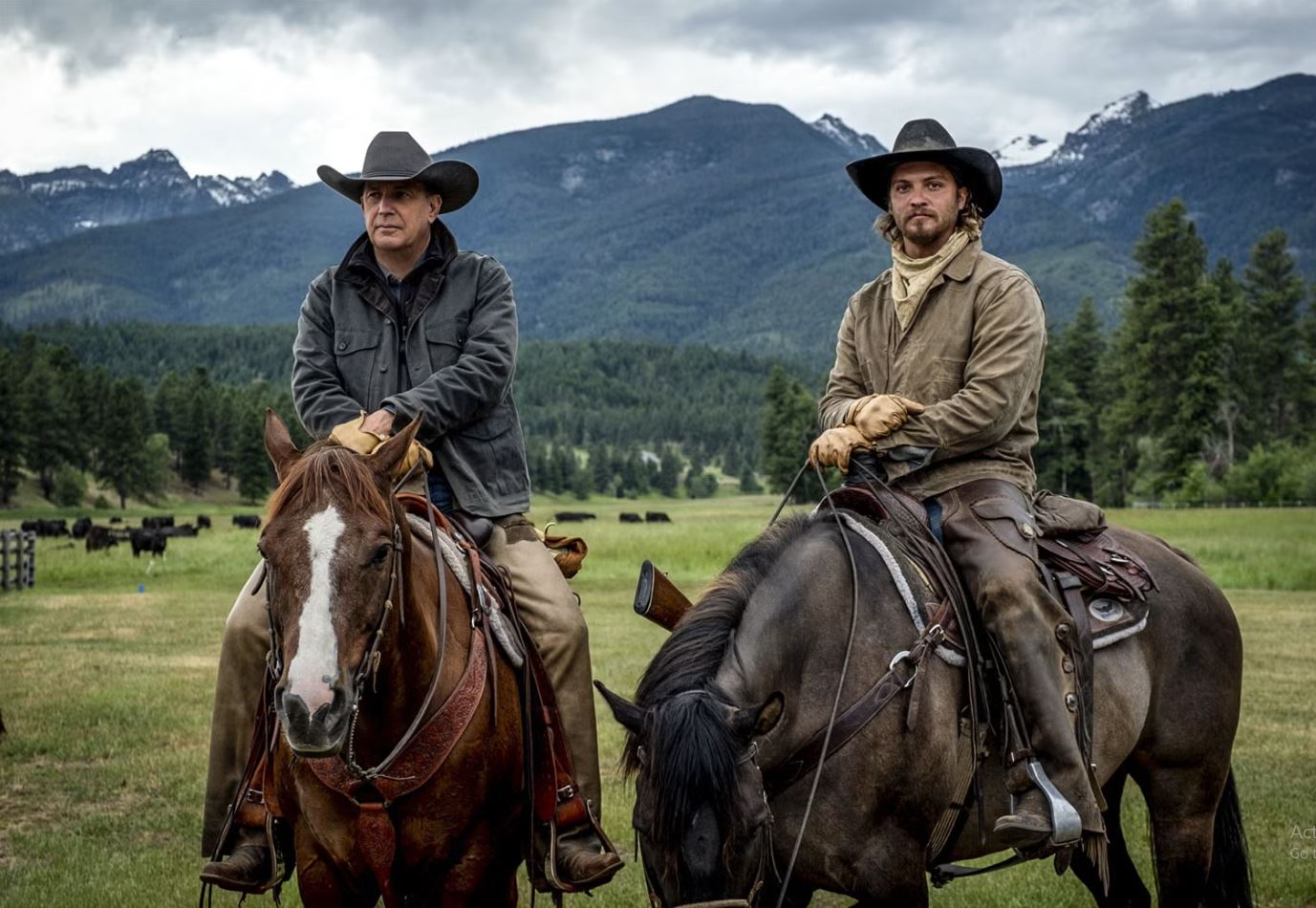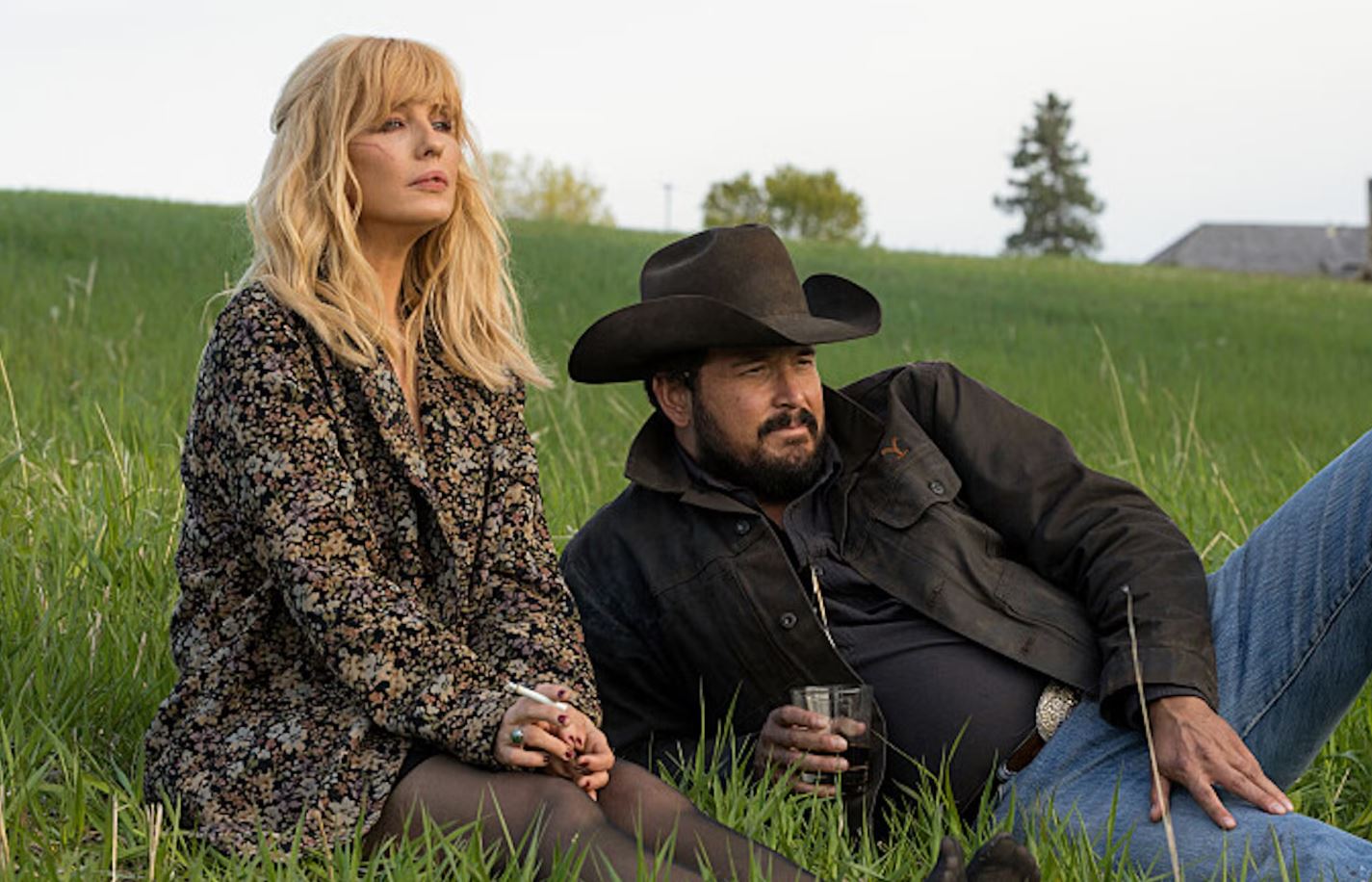I started watching the wildly popular TV series Yellowstone in 2020, at the height of the COVID pandemic. By then, there were several seasons of the show, and my husband and I had nothing but time. We were hooked.
We weren’t the only ones. The second half of Season 5, which debuted on November 11, attracted more than 16 million viewers. Only NFL football had more television viewers than Yellowstone last season. Character names like Rip and Dutton have seen an exponential increase in their use for babies. And, as The New York Times recently reported, Americans really want their own piece of the Yellowstone setting, and the show may be partly responsible.

Which got me thinking: How much of the show is based on reality, and does it actually have an impact on what’s happening in the West? The show is an over-the-top drama, but writer and co-creator Taylor Sheridan clearly chose real-life conflicts in Montana and other Western states to base the plot on. Here are four ways the show has more in common with reality than the average fan might realize.
1. The show shows that big developers will stop at nothing to get “deals”—which may be true.
In Yellowstone, the Dutton family constantly navigates dark plots to take over their ranch from out-of-state land development interests. Some, it seems, will stop at nothing to take the family away in order to profit from the value of their land, resulting in scenes of gratuitous violence.
In real life, there are plenty of examples of complicated land deals in Montana and the West in which development projects for the wealthy take prime land. The Yellowstone Club, located just north of Yellowstone National Park in Big Sky, Montana, has been a stronghold for the ultra-wealthy since it opened in the late nineties. Boasting of its “private powder” and fiercely guarded privacy for its members, among other features, the Club was created through a series of land exchanges with the Forest Service that turned a checkerboard of public and private land into a unified acreage for the Club’s founder, Tim Blixseth.

While the Yellowstone Club has been controversial among Montanans (few of whom can afford the high membership fees, which include a $300,000 deposit, $36,000 annual club dues, and $10,000 annual property owners association fees), the club is also trying to expand into a controversial area of the Crazy Mountains. As Ben Ryder Howe reported in New York Magazine’s The Intelligencer , a group of billionaires linked to the Club have been looking to privatize disputed lands for access to the Crazies for some time. The Forest Service, ranchers, Native Crow, the general public, and the Yellowstone Club all seem to have a stake in this outcome.
2. Places like Bozeman, Montana, are literally overflowing with furs and luxury cars.
I know people who live in Bozeman, and I’ve read a lot of the reporting we’ve done at Outside (and elsewhere) about life in mountain towns like Bozeman, where a lack of affordable housing, the fallout from a global pandemic, remote work, and the glamour of the mountain lifestyle have created stark income inequality as you move across town.

Writing in 2022 for Outside, Maggie Slepian, who has lived in Bozeman for more than a decade, noted the visual changes in the town and landscape being created by the influx of new, wealthy, second-home residents. Watching Yellowstone, some of the fashions my beloved Beth Dutton chose to wear when running into town felt a little too much for her unassuming persona. (Silk robes under plush fur coats, anyone?)
Skirt considerations aside, affordability remains a major issue, and Yellowstone focuses primarily on the more glamorous troubles facing a family that owns the largest ranch in the area, rather than the person being pushed out of their apartment or the family admitting they will never be able to afford a single-family home.
